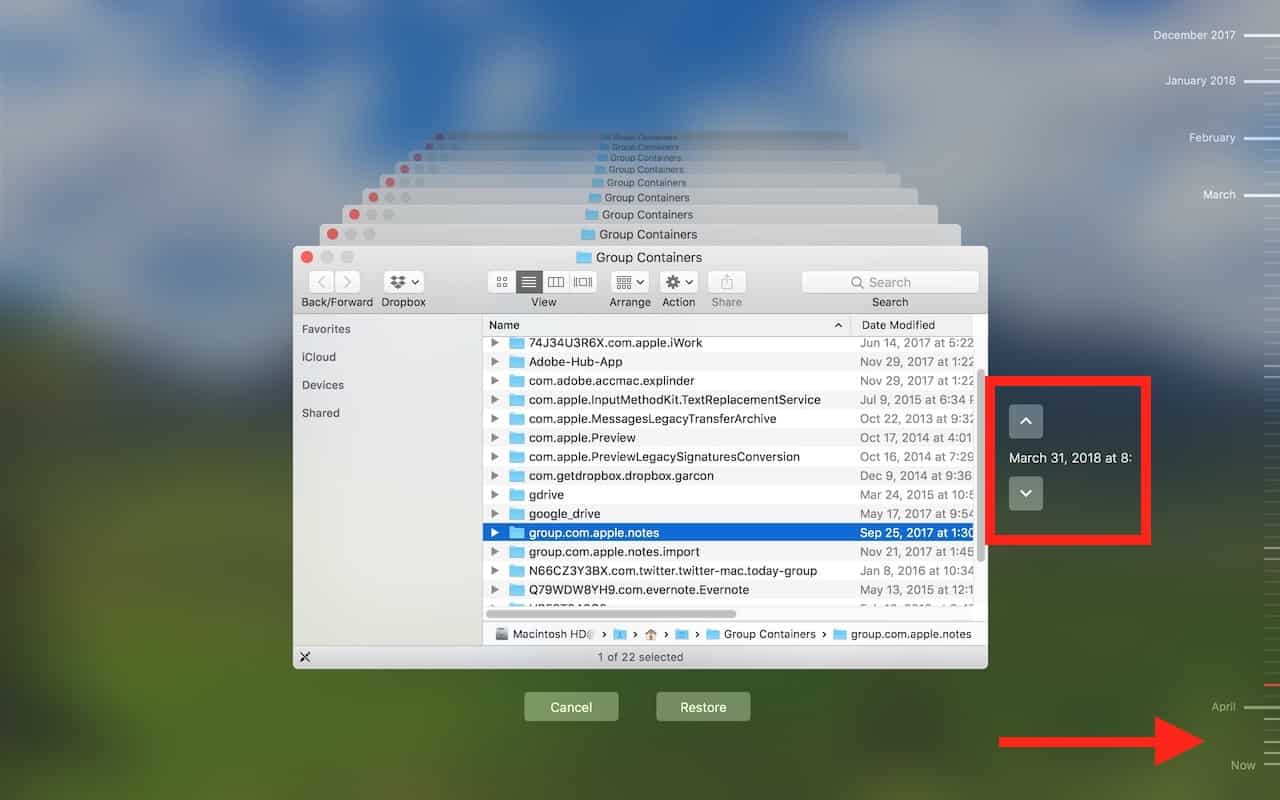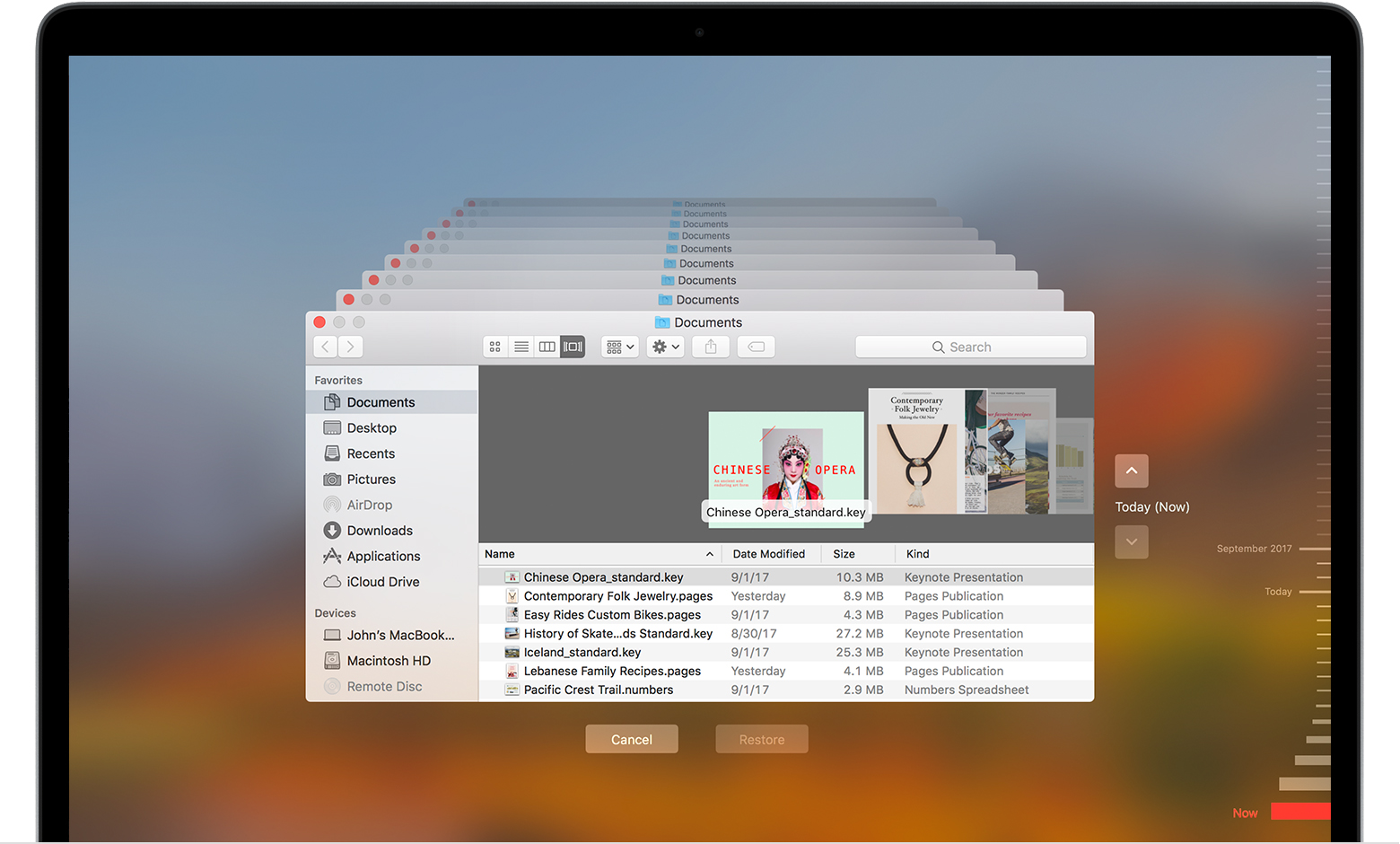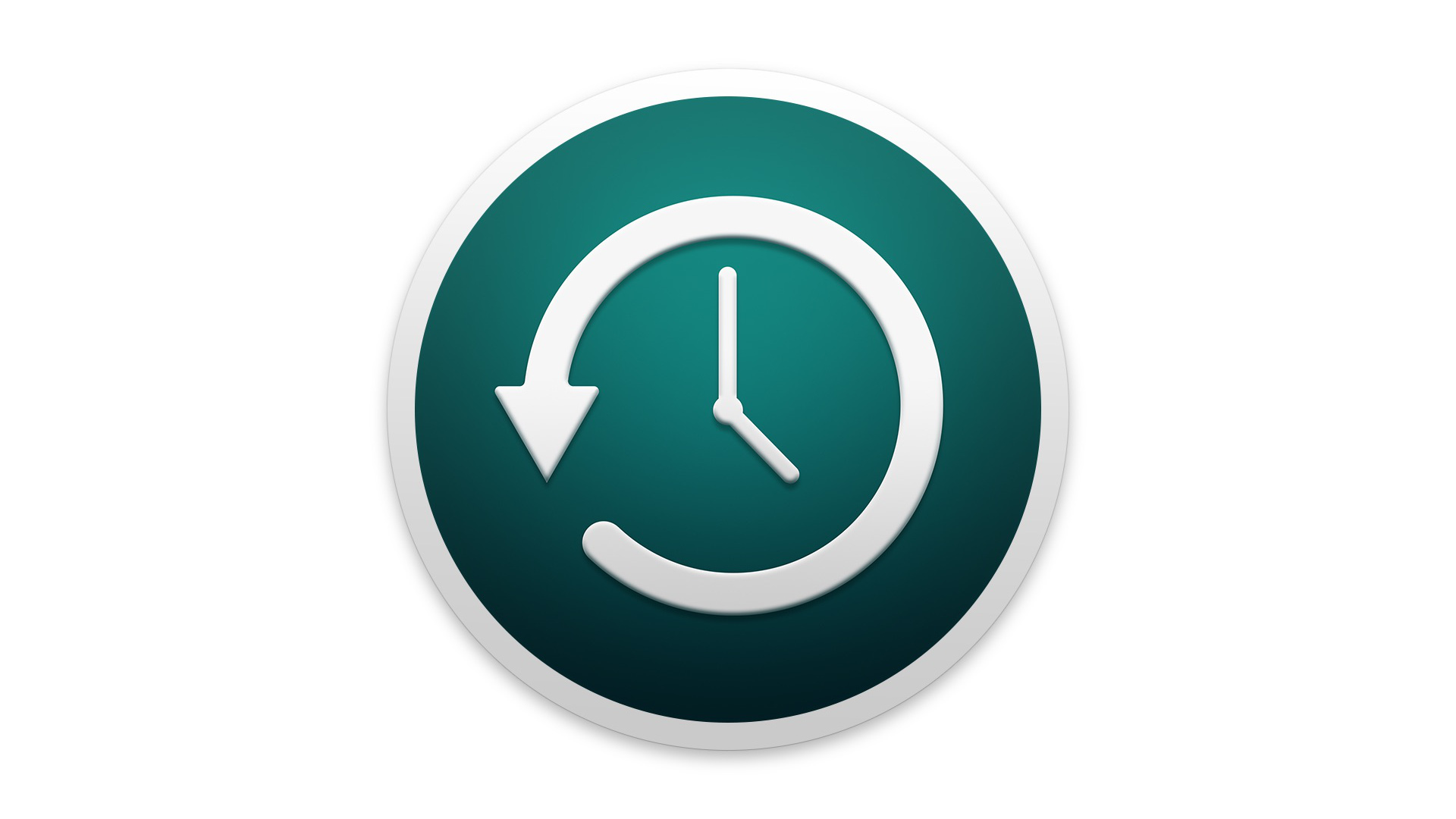
APPLE SERVER TIME MACHINE MAC
Since the Mac mini is basically a glorified internal server, there was not much to backup when excluding the /System and /Applications directories, so the initial backup went really quick. It reformatted the SSD as HFS+ Encrypted, since I had selected encrypted backups this, later, proved to be an issue. It was here that I realized APFS was a no-go. In Apple speak, that means it has to be reformatted. However, right before the backup initialized, Time Machine informed me that the drive would have to be “erased” because the drive was not compatible. I turned on Time Machine, selected the SSD, enabled encrypted backups, and started the backup. Once I got the Mac mini backed up, I would share the drive over SMB. The first thing I did was plug the empty SSD into the Mac mini via the USB 3 port. You cannot have your cake and eat it, too. The differences of APFS support became really problematic in troubleshooting the ultimate cause of the upcoming fiasco. Therefore, it’s still on the last stable build of macOS, 10.15 Catalina. The Mac mini acts as a media server as well as a VM host for many network resources, including a web server for this website. I’m running the macOS Big Sur Beta on my personal MacBook Pro. Apparently Time Machine on macOS Big Sur will support APFS.
APPLE SERVER TIME MACHINE MAC OS X
Time Machine, a key feature of macOS since Mac OS X 10.5 Leopard, does not support APFS. When I received my new SSD that was destined to be the Time Machine volume, naturally I plugged it in and formatted it as APFS. Anytime you format a new storage device, it defaults to APFS.

APFS was neater and did even more things.įrom then on, all new Macs shipped with macOS High Sierra and above were formatted as APFS. Apple introduced APFS as the default file system with macOS High Sierra in 2013, along with the adjacent iOS releases. Just know this:įor about fifteen years, HFS+, labeled “Mac OS X Extended (Journaled)”, was the default file system on Macs since MacOS 8.1.

It’s entirely irrelevant to this discussion and quite honestly is way beyond my understanding. I’m not going to break down all the differences between HFS+ and APFS. If you want to jump right to the solution and skip my rambling and public troubleshooting, just go to the bottom. So now all I had to do was purchase a large solid state drive, plug it into the family Mac mini, and BOOM! Time Machine lives again on the network. That feature relocated into the File Sharing pane of System Preferences, allowing anyone to setup their own Time Machine destination. Previously that feature had been reserved for the now-defunct macOS Server suite. Since macOS High Sierra, all Macs are capable of sharing any storage volume - internal or external - as a Time Machine backup disk over the local network. 11 years in tech years is basically 111 years, after all.Īs sad as it was to lose the oldest working piece of tech I owned (along with all my historical snapshots), I had been mentally prepared for the inevitability and what the next steps were. The original 1TB hard disk drive built into the network router + wireless access point + file share server device succumbed to its age.

Alternative title: “How I Wasted Five Hours of my Life Doing Something That Should Have Been Really Simple”.Ī few months ago, my original Apple AirPort Time Capsule, purchased October 2009, finally bit the dust.


 0 kommentar(er)
0 kommentar(er)
